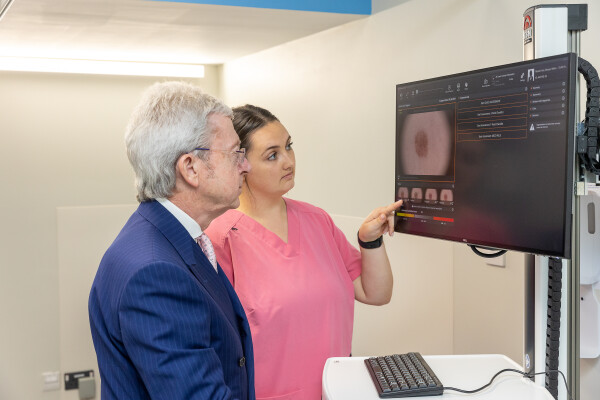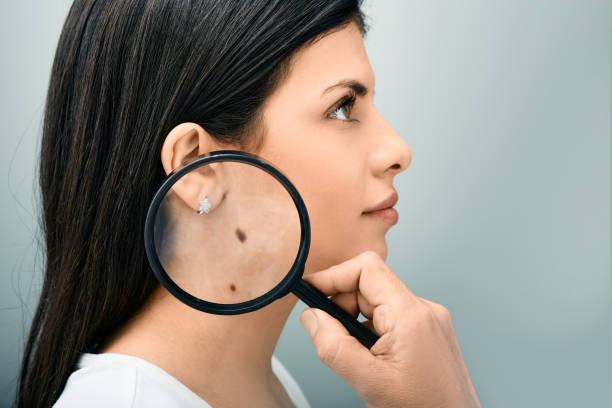Prof H Paul Redmond of Rose Clinic has this practical advice. Moles are a common type of skin growth that often appear at childhood or adolescence and can fade over time. While most moles are harmless, it is important to be aware of any changes in your moles and other pigmented patches as these dark brown spots can appear in different colours, shapes, and sizes.
Skin cancer is now the most common form of cancer with over 13,000 cases diagnosed every year in Ireland. This number is also expected to double by 2040, according to the National Cancer Registry of Ireland. As this number is increasing at an alarming rate, it is crucial to take precautionary measures and to watch out for any changes to your skin.
The sun’s rays not only accelerate skin ageing and damage, but it is the predominant factor for causing skin cancer. Changes in moles increase the risk of melanoma. If you’re worried about a change in your moles, a simple way to remember the common characteristics of melanoma is to think alphabetically and follow the five steps, ABCDE approach:
Asymmetry: Most harmless moles are round or oval-shaped, with a smooth edge. If you notice that the mole is irregular in shape, this can be a sign of melanoma.
Border: Melanoma often has borders that are irregular in shape or are not very well defined. The border of the mole can often be ragged, blurred or irregular. Non-cancerous moles typically have a well-defined border.
Colour: If you notice any changes in the colour of your mole, it is vital to get it examined. Melanoma lesions are often more than one colour and can vary in shade.
Diameter: Look out for new growth in a mole, where a mole is larger than 6 millimetres, this can be a sign of melanoma.
Evolution: Benign moles will typically stay the same size and colour. If you notice a change in the mole’s shape, size or colour over time, you must take every precaution necessary: book in for a mole screening and consult your doctor or dermatologist. These changes can happen over weeks or months, so regular check-ups are highly recommended.

If you are worried about any changes in your moles, you should make an appointment for a mole screening and get checked. Through the screening your skin will be checked thoroughly from head to toe, and your file will be reviewed by a medical team of doctors at the Rose Clinic. Our full body digital mole screening allows for rapid identification of new moles and monitors changes in existing skin lesions. While most moles and skin lesions are not cancerous, it is always best to get checked to be sure.
For more information visit www.roseclinic.ie.








